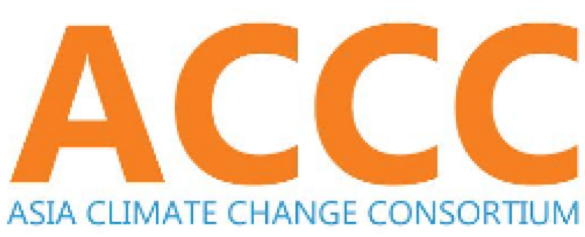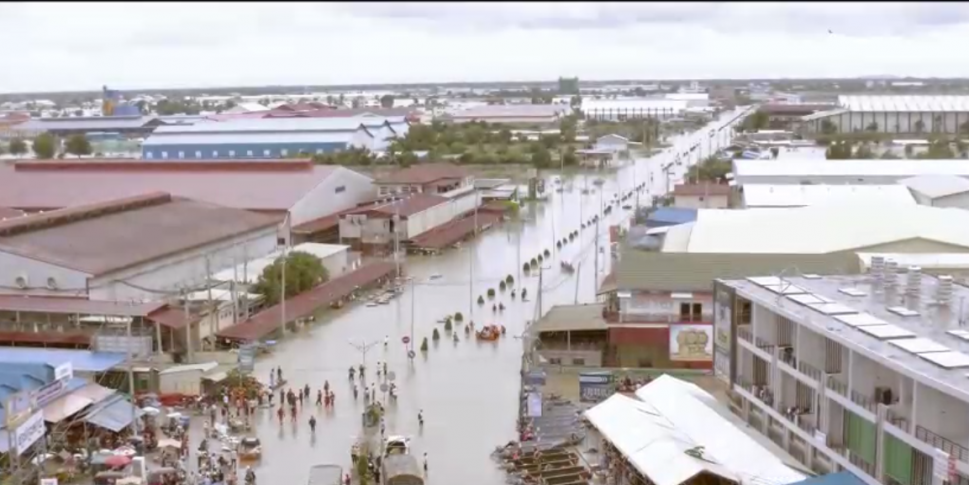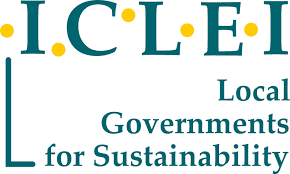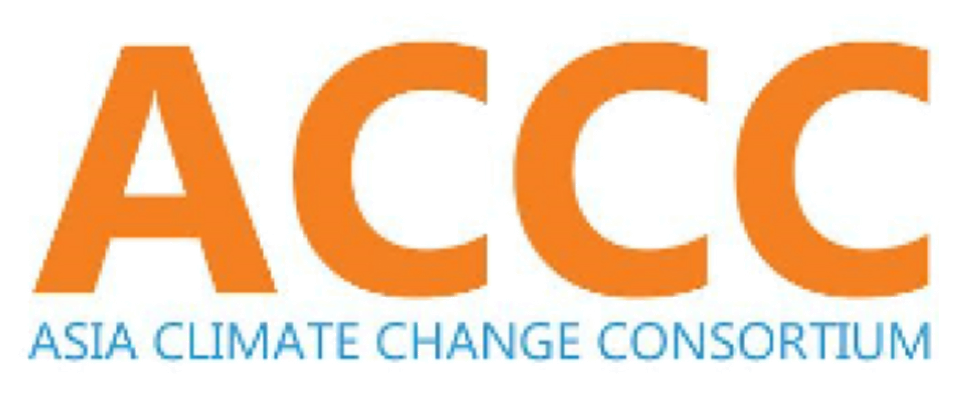Mitigation
The accumulated climate action is not adequate and will not realistically reach the agreed 1.5 degree Celsius target. Parties have promised to revisit their national plans (NDCs) to increase the ambition that can keep the 1.5 degree target alive. Unfortunately, only a few countries have done so. In addition, the war in Ukraine has led to a return to coal and gas in many countries. Mitigation may become even more difficult.
Key messages:
- NDCs should be more ambitious and delivered as soon as possible to keep 1.5 degrees C within reach by 2030, and achieve net-zero by 2050. Ambition should be demonstrated by lowering all greenhouse gases and short-lived climate pollutants, enhancing finance for low-carbon climate-resilient development, enabling a just transition towards renewable energy technologies, and shifting finance from fossil fuels including through divestment.
- Protection of natural carbon sinks (i.e., rainforests, mangroves, blue carbon, wetlands) is paramount to further reduce GHG concentrations in the external environment. Measures for their protection and conservation must be enhanced in the NDC, national development plans, and within the UNFCCC work.
- Mitigation is needed in all sectors, and we encourage parties to consider possibilities for ambitious emissions reductions as unilateral initiatives, in international cooperation guided by the UNFCCC work program on mitigation.
- Developed countries must provide technological and financial genuine support to developing countries to achieve conditional emission targets indicated in irrespective NDCs.
- Mitigation solutions must be genuine, it should result in actual cuts of emissions, it should not cause more potential issues and problems to the vulnerable communities and sectors in all aspects, and it should not allow rich and developed countries to avoid their mitigation obligations.
Adaptation
Adaptation is urgently needed, particularly for vulnerable communities in developing countries, and the need will increase due to slow mitigation efforts. Commitments to adaptation needs to have a more concrete step forward.
Key messages:
- Develop robust goals on adaptation with increasing political ambition according to the principles of climate justice. The Global Goal on Adaptation (GGA) should focus on adaptation, and not overlap with the Loss and Damage. The adaptation, and L&D must be two separate topics. Social protection must be part of the solution for adaptation to ensure resilience. Ensure that the GGA is aligned with and builds on the existing Sendai framework and SDGs.
- Participatory and community-led approach to implementing adaptive measures, for effective adaptation, it is important to combine science with situated and indigenous knowledge and the processual nature of adaptation goals vis-à-vis the unfolding climate crisis. Participatory and community-led approach to implementing adaptive measures should be applied. Social protection must be part of the solution for adaptation to ensure resilience.
- Parties must deliver a Global Goal on Adaptation framework with indicators and targets that set the results-based implementation of the GGA. The indicators need to be based on localized and country-driven determinations. All parties should have national adaptation plans (or similar policies) by 2030 to guide climate finance, investments, and priorities.
- Direct and Timely Financing for Adaptation, making any goal measurable requires resources and technical skills that many developing countries lack. Provision and mobilization of enough finance to enable implementation of these activities must be included in the upcoming agreement about post-2025 finance (NCQG). Developing countries need guidance on how to access sustainable, adequate, and predictable financing to address the needs of vulnerable people. Loans should also be out of the equation since it just adds burden; instead, financing adaptation solutions should be through grants.
- No room for False Solutions, corporations and countries should not be allowed to create further damage and harm to the communities, especially indigenous peoples, farmers, fishers, and other vulnerable sectors through their false climate solutions, that serves as a distraction or facade for their exploitative practices.





 c/o Rice Watch Action Network
c/o Rice Watch Action Network